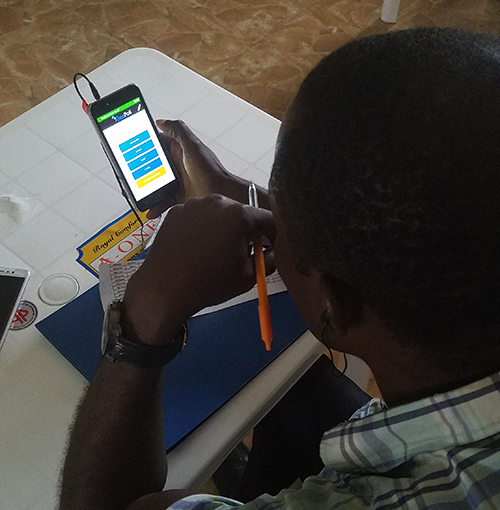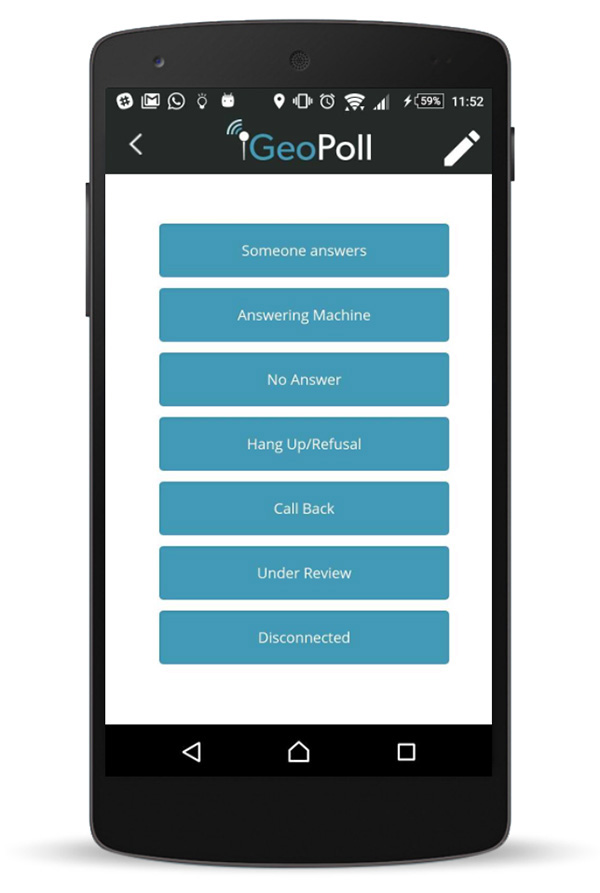- Contents
 Sample selection is an important part of any research project, and for those conducting research through telephone interviews, random digit dialing is a useful sampling technique. Random digit dialing or RDD is a type of probability sampling in which phone numbers are randomly generated using a software system and used to create the sample for a research project.
Sample selection is an important part of any research project, and for those conducting research through telephone interviews, random digit dialing is a useful sampling technique. Random digit dialing or RDD is a type of probability sampling in which phone numbers are randomly generated using a software system and used to create the sample for a research project.
Random digit dialing or RDD is commonly used to conduct general population studies, as it allows researchers to create a sample frame that represents everyone with access to a phone in a population, rather than only those who are listed in a phonebook or have shared their phone number with another source. As random digit dialing does not require researchers to gain access to existing lists of phone numbers, it is one of the fastest and simplest ways to create sample for researchers who do not have an existing sample source. At GeoPoll, we have access to a large database of mobile subscribers in most of the countries we work in, however, we utilize Random Digit Dialing as a sample source for certain projects or in countries where we do not have existing sample.
Pros and Cons of Random Digit Dialing Sample
While random digit dialing is a popular technique, there are some pros and cons to using RDD over a provided sample source, such as a list of specific phone numbers. Some of the pros and cons of random digit dialing include:
Pros of Random Digit Dialing
- Allows those without their own sample sources to conduct general population studies via telephone numbers
- Generating sample is fast and cost-effective, and large sample sizes can be achieved as additional telephone numbers can be easily generated
- It is a highly regarded method of sample creation and is commonly used by research organizations around the globe
Cons of Random Digit Dialing
- May be difficult to reach more targeted respondents, such as those with specific professions, as you do not have any prior information about the characteristics of each respondent, which other sample sources may provide. You also do not have information about those who do not respond to your survey (known as nonresponse error) for the same reason.
- Depending on the phone number format within a country and use of mobile phones versus landlines, targeting respondents by location can also be a challenge
- Not all generated numbers may be valid, which can lead to lower response rates than with a pre-verified list of numbers
Overall, when administered through an experienced research firm, RDD is an excellent way to gather high-quality sample, especially for projects aiming to gather a nationally representative sample.
GeoPoll’s Random Digit Dialing Process
 GeoPoll has our own database of respondents in many of the countries we operate in who are profiled by demographics include age, gender, and location, but in certain circumstances, we may turn to RDD to gather sample. In these cases, GeoPoll uses our extensive knowledge of telephone samples to intelligently generate RDD sample that has response rates in-line with those found from the GeoPoll respondent database. GeoPoll’s random digit dialing has three main steps for generating and testing phone numbers:
GeoPoll has our own database of respondents in many of the countries we operate in who are profiled by demographics include age, gender, and location, but in certain circumstances, we may turn to RDD to gather sample. In these cases, GeoPoll uses our extensive knowledge of telephone samples to intelligently generate RDD sample that has response rates in-line with those found from the GeoPoll respondent database. GeoPoll’s random digit dialing has three main steps for generating and testing phone numbers:
- Mobile number generation: Using public information, GeoPoll’s team will identify the most common prefixes for each mobile network operator operating in a market, as well as the percentage share that each mobile network operator represents. We then randomly generate lists of unique numbers that include numbers from each telecom network. This ensures that every mobile number within a country has an equal opportunity of being selected and reduces risks of selection bias.
- Mobile number validation and testing: Once the initial files are generated, GeoPoll conducts a validation process that identifies likely active and inactive numbers, allowing us to remove numbers that are inactive before proceeding with live testing. GeoPoll’s call center teams then conduct testing with the final list of numbers. If the response rates during testing are in line with expectations based on previous work, we proceed with a survey. If we encounter high numbers of disconnected numbers, we may generate additional numbers.
- Survey administration: Once GeoPoll has finalized the list of mobile numbers, it is handed off to our trained survey interviewers for full survey administration. During this stage, each interviewer is given a unique list of mobile numbers and is equipped with the GeoPoll Computer Assisted Telephone Interviewing (CATI) Application, which tracks the outcome of each call. The CATI application tracks the percent of phone numbers that are invalid, and the percent of respondents who refuse to take a survey. For those respondents who agree to take a survey, GeoPoll’s system securely stores demographic information along with their telephone number so they can participate in future research.
Random digit dialing is a useful method for conducting surveys via telephone calls in almost any country around the globe. To learn more about GeoPoll’s experience with RDD surveys or to get a quote for your own project, please contact us.
